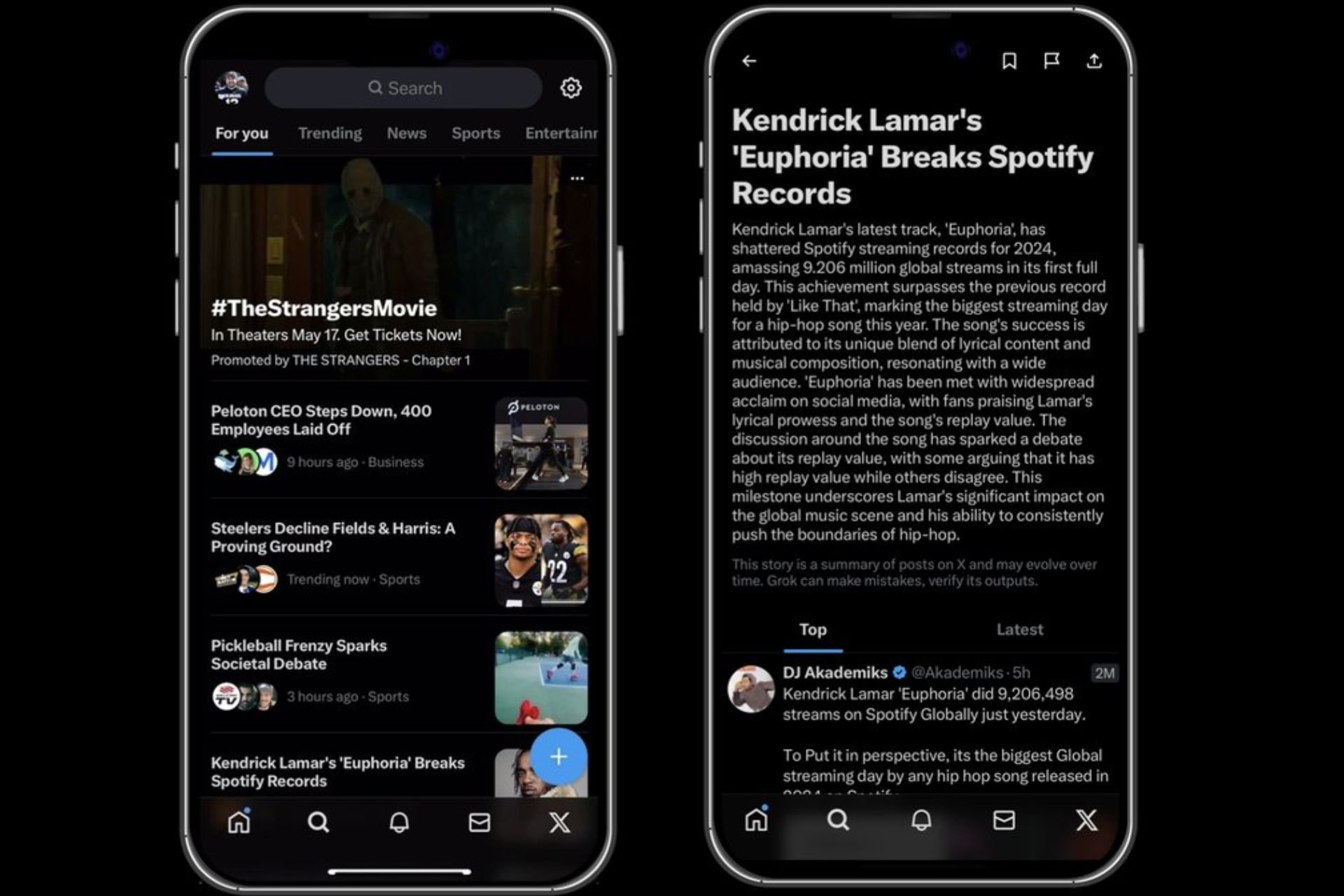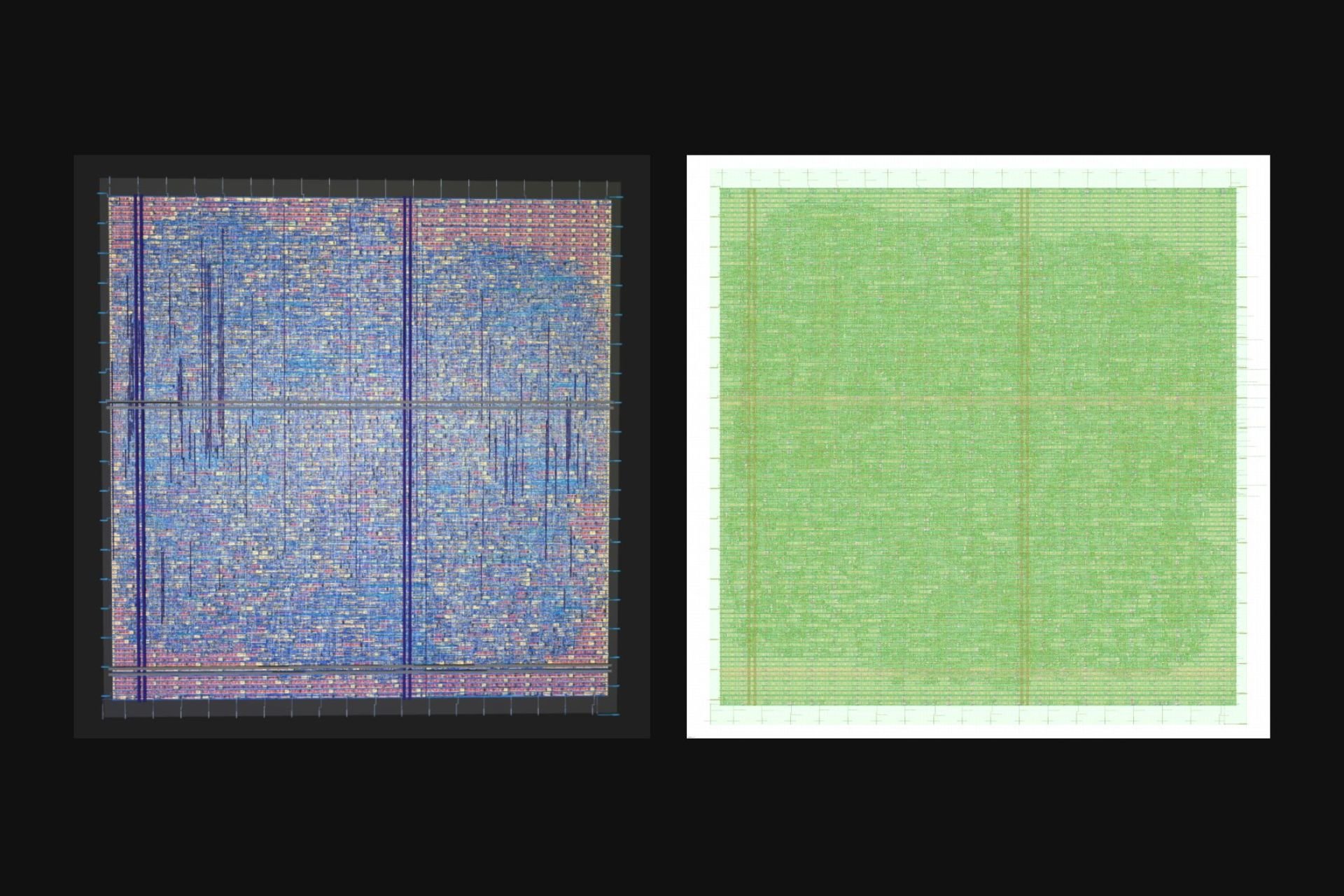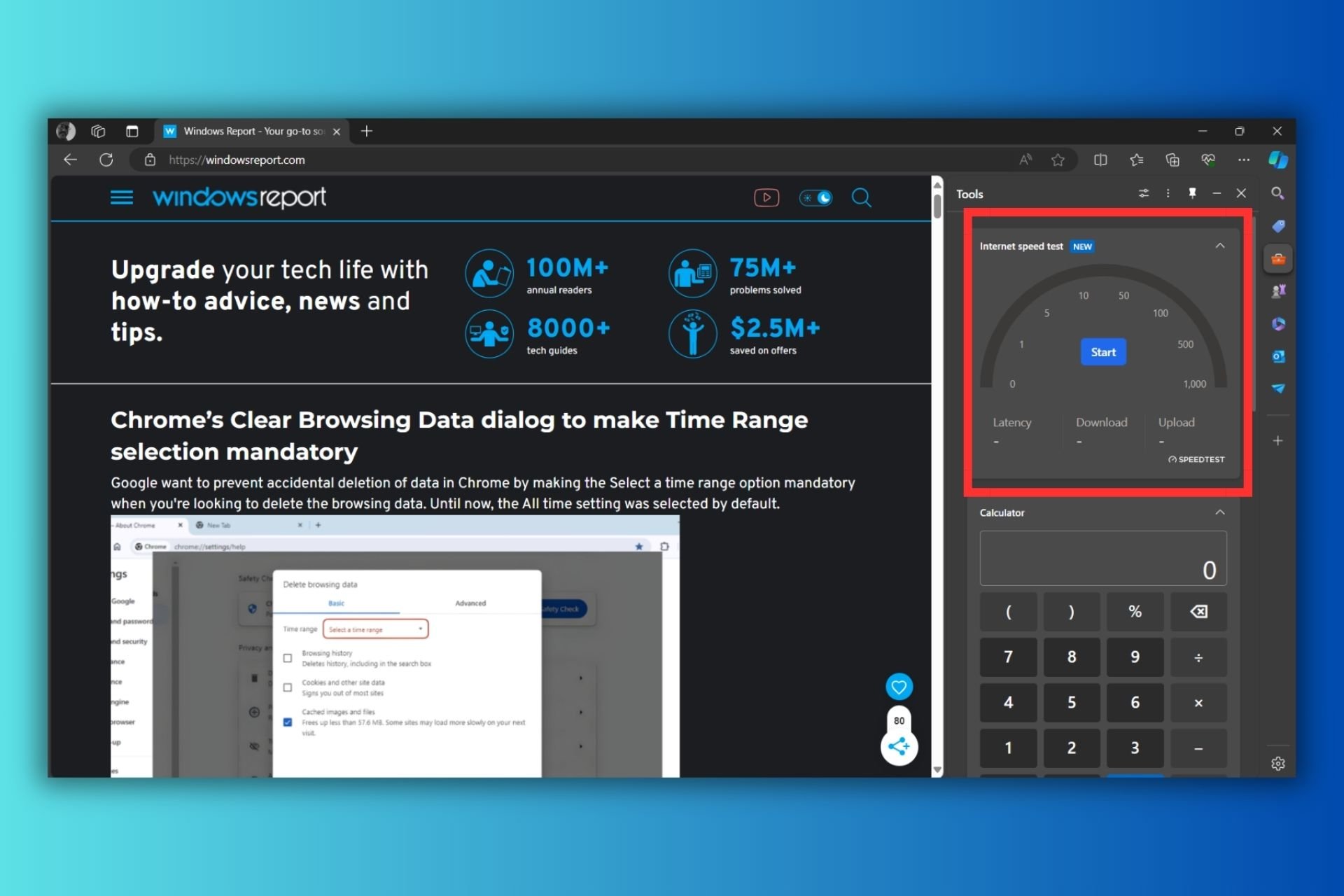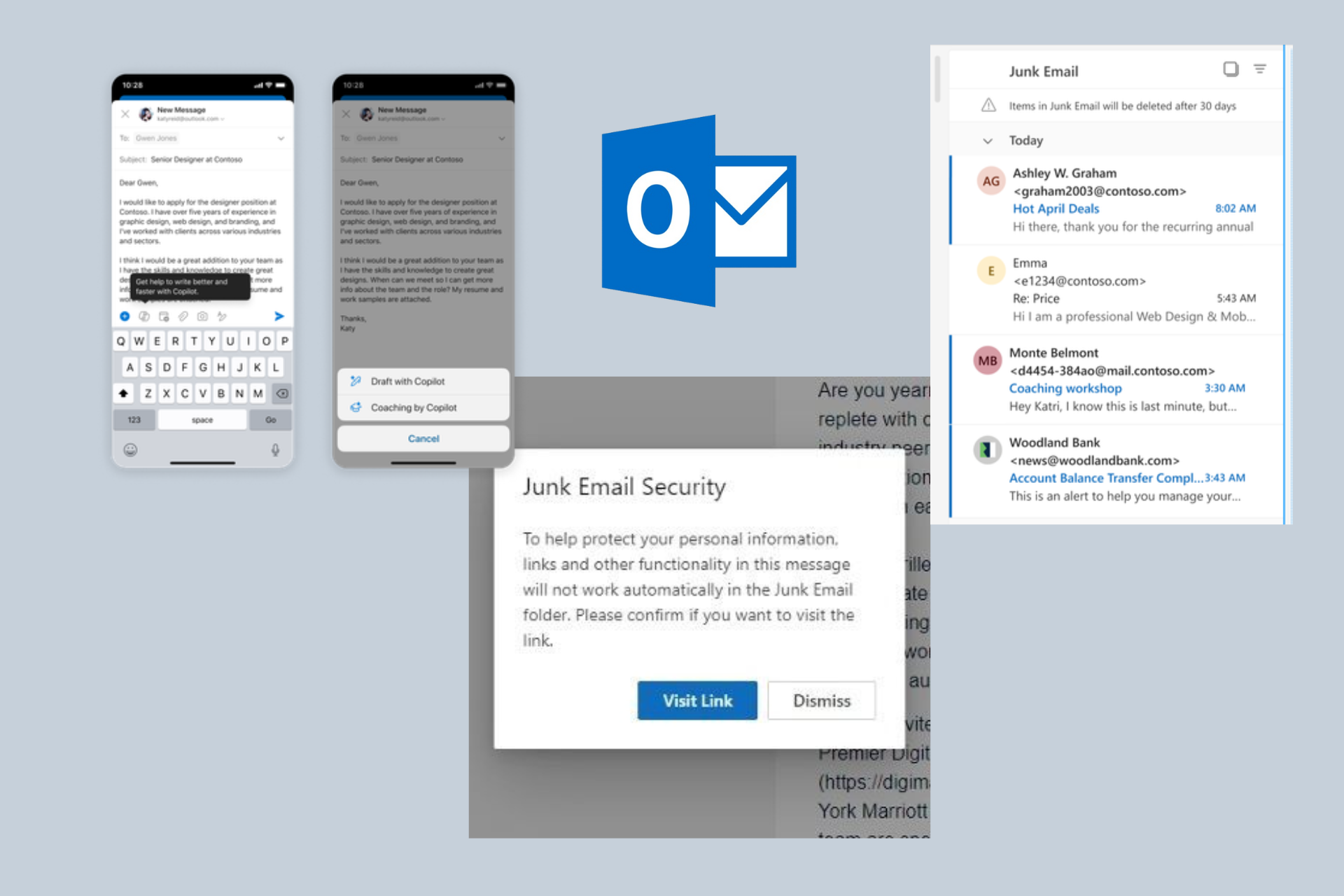Microsoft has been using Windows Insiders to test the Windows 10X code base, according to report
3 min. read
Published on
Read our disclosure page to find out how can you help Windows Report sustain the editorial team Read more
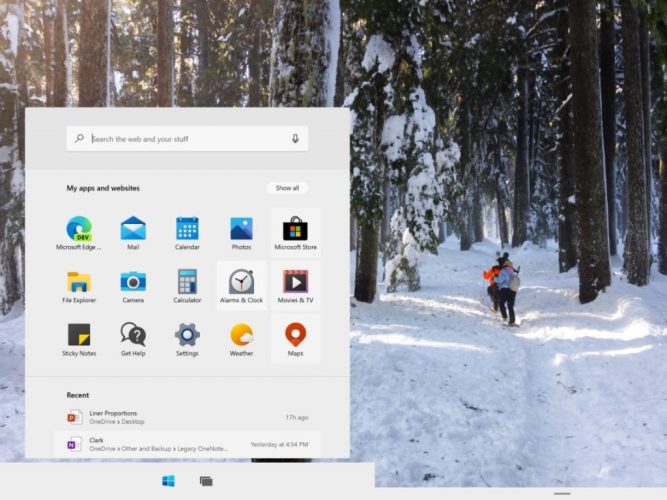
Microsoft released yesterday the Windows 10 build 20279 for Insiders in the Dev channel, which was a rare Monday flight from the Windows Insider team. The new bits bring no new features or bug fixes, and the team said that it just “wanted to test our ability to quickly follow-up a flight with another flight.”
Build 20279 is coming from the fe_release branch, which will soon disappear once all Dev channel Insiders start receiving builds from the rs_prerelease branch after the holidays. The Windows Insider team has never really explained the purpose of these two separate branches, and kept saying that builds coming from them were not tied to a specific Windows 10 release. However, Windows Central’s Zac Bowden is now reporting that Dev Channel Insiders have yet to test the upcoming 21H1 update for Windows 10 coming in the first half of next year.
According to Bowden, Microsoft has been using the fe_release branch to test the “Iron” codebase for Windows 10X, even though Dev Channel Insiders are currently not aware of it. “Microsoft is finalizing Windows 10X (and ultimately, the Iron codebase) with build 20279, so they’ve been pumping out bug fixes and changes big time internally, but none of that really translates to the desktop builds,” Bowden wrote.
Windows 10X, which Microsoft is testing internally, is expected to launch on new devices in the first half of 2021. In the meantime, the Windows Insider team has reportedly used the “Iron” fe_release branch to test builds for the new OS, but Windows Insiders in the Dev Channel have yet to test 21H1 builds for the next Windows 10 update to be released in the first half of 2021.
“Windows 10 desktop will get its own 21H1 release, but it won’t be based on the Iron codebase. Instead, 21H1 for desktop will be based on the Vibranium codebase (version 2004) just like the 20H2 update released a few weeks ago,” Bowden explained yesterday. If 21H1 should be another minor update for Windows 10 next year, Microsoft could be planning bigger changes for 21H2 with a big design update codenamed “Sun Valley.”
It’s not clear why the Windows Insider team isn’t being more transparent about what’s happening in the background, but shipping a series of builds with very minor changes for several months surely doesn’t help to keep Insiders engaged in the long run. Maybe the Windows Insider team has good reasons for keeping some of its secrets under wraps, but we hope it won’t be too long before Microsoft explains what’s happening with Windows 10X and future Windows 10 updates.

